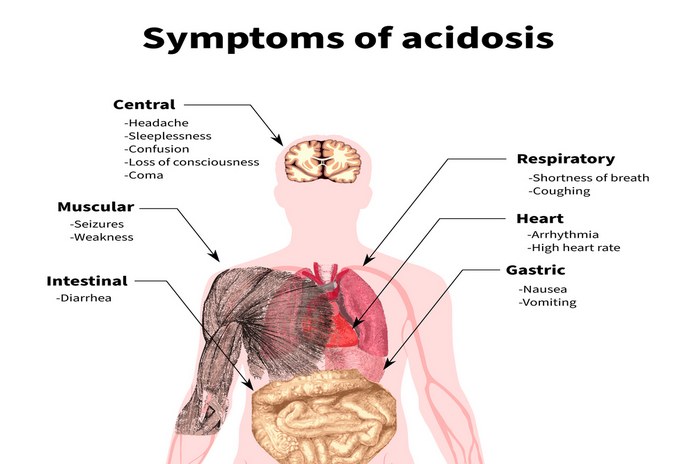Metabolic Disorders

These are conditions or diseases that affect how the body uses energy. There are many different types of metabolic disorders, and they can affect people of any age. Some common symptoms of metabolic disorders include weight gain, diabetes, and heart disease. (6)
Metabolic disorders can be caused by a variety of factors, including genetics and lifestyle choices. Treatment of these disorders depends on the specific condition, but often includes dietary changes and medication.
Inherited metabolic disorders are a group of rare diseases that are passed down through families. These diseases can cause serious health problems and can often be life-threatening. Many of these disorders affect the way the body processes food and uses energy. There are several different types of inherited metabolic disorders, including:
Gaucher disease: It is a rare genetic disorder that affects the body’s ability to break down fatty acids. As a result, people with Gaucher disease may experience problems with their bones, liver, spleen, and nervous system. The most common form of Gaucher disease is type 1, which affects about 1 in every 40,000 people. Symptoms of type 1 Gaucher disease typically begin in early childhood and include anemia, easy bruising, and a swollen spleen. There is no cure for this disease, but treatments are available to help manage its symptoms.
Hemochromatosis: Hemochromatosis is a genetic disorder that causes the body to store too much iron. This can damage the liver, heart, and other organs. Symptoms of hemochromatosis include fatigue, joint pain, abdominal pain, and weight loss. Hemochromatosis is treated by removing blood to lower the iron levels in the body.
Wilson disease: It is a rare, inherited disorder that causes too much copper to accumulate in the body. Symptoms can include nausea, vomiting, diarrhea, loss of appetite, jaundice (a yellowing of the skin and eyes), swelling in the legs, ankles, or feet, and mental changes such as confusion and mood swings. Wilson disease usually affects the liver, brain, and copper-carrying proteins in blood cells called ceruloplasmin and albumin.
Tay-Sachs disease: In Tay-Sachs disease, a fatty substance called GM2 ganglioside accumulates in the nerve cells of the brain and spinal cord. This accumulation eventually destroys the cells.
The signs and symptoms of Tay-Sachs disease usually appear during the first year of life. The baby may seem to be normal at first, but then starts to lose skills such as turning over, sitting up, and crawling. The child may also have problems with vision and hearing. As the disease gets worse, the baby becomes increasingly floppy and has trouble swallowing. Ultimately, death occurs from heart failure or infection. There is no cure for this disorder and there is no treatment that can reverse the damage that has been done.
Lysosomal storage disorders: These disorders occur when the body is unable to break down certain types of molecules. This can lead to a build-up of toxins in the body which can damage cells and organs.
Metabolic acidosis: This disorder occurs when there is too much acid in the body fluids. This can lead to problems with breathing, heart function, and kidney health.
If you think you may have a metabolic disorder, it is important to see a doctor for diagnosis and treatment. Early diagnosis and treatment can help prevent health problems down the road.

